It looks like something out of a science fiction movie, inside the Chernobyl exclusion zone. A former top secret military object used by the Soviet Union, the mysterious giant antenna system called the Duga-3, was the origin of an extremely powerful but anonymous signal between 1976 to 1989. The sharp, tapping signal came without warning, disrupting broadcasts and communications worldwide. Transmission power on some woodpecker transmitters was estimated to be as high as 10 MW EIRP. It was built in the 70\’s as an early missile detection system (over-the-horizon radar system). It was also called the Steel Yard hence its distinctive appearance. The towers are incredible feats of engineering: the big ones measure 479 feet tall and spans a length of 2,460 feet (nearly half a mile). The antenna was deactivated in 1989.
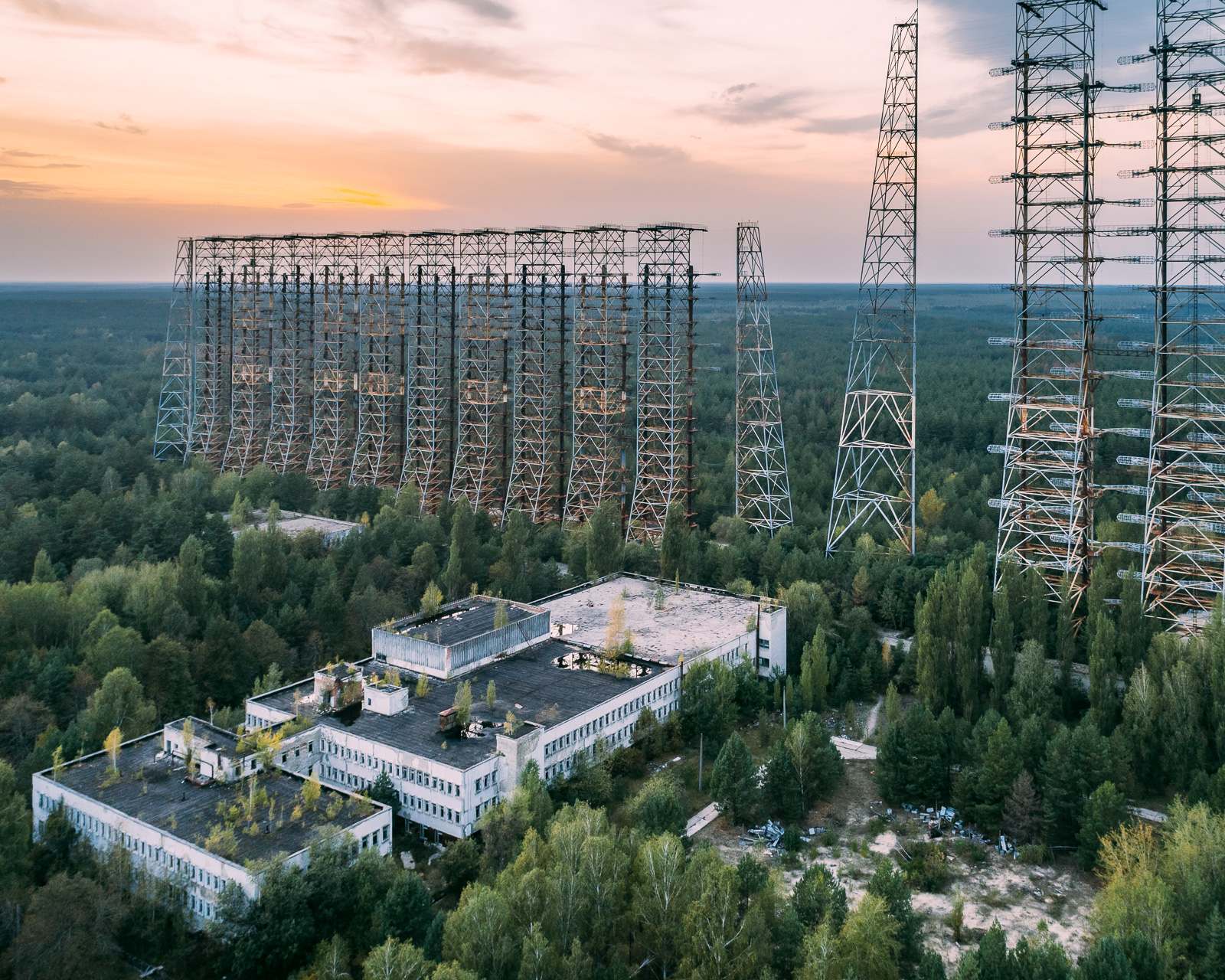
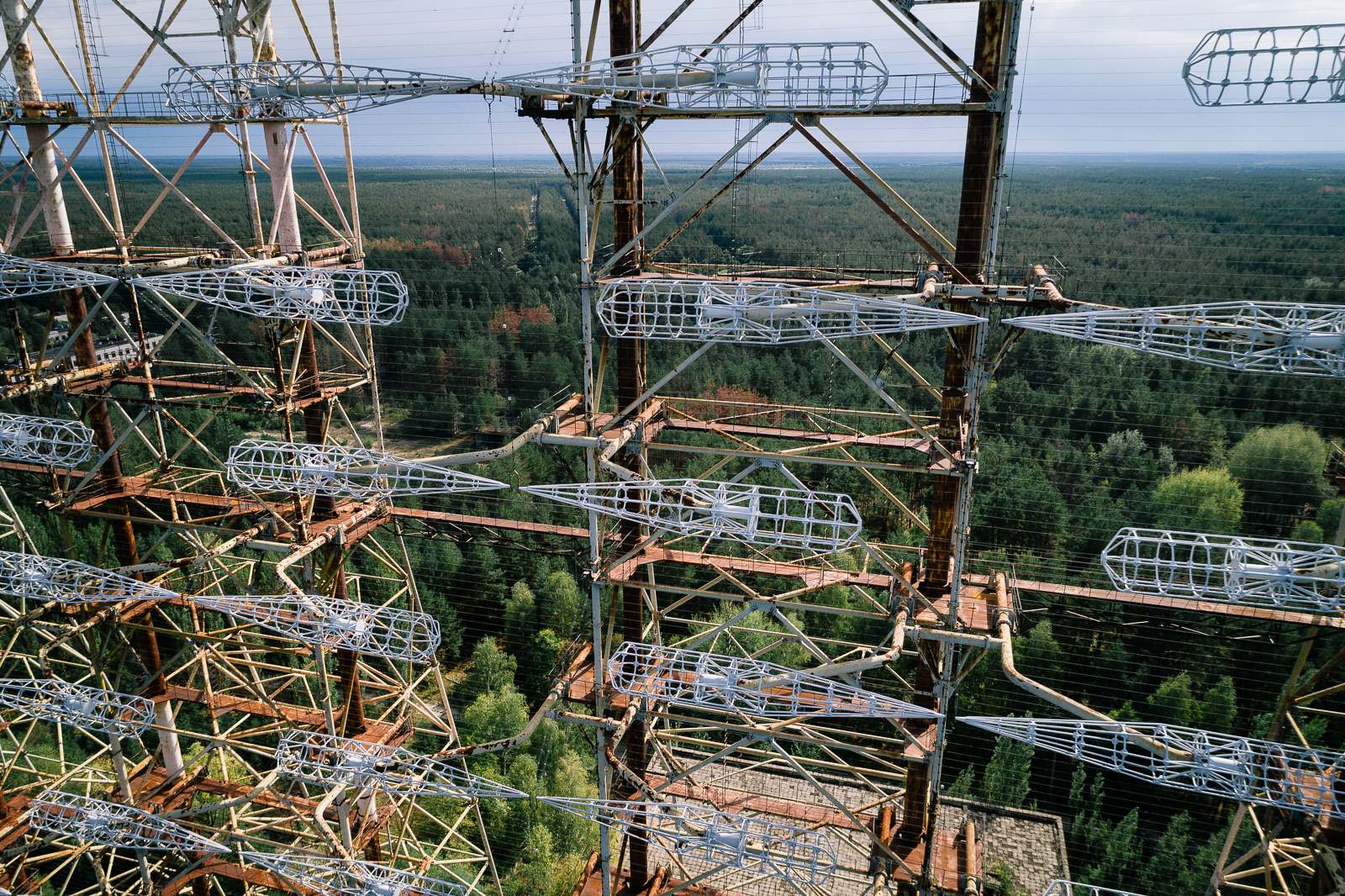
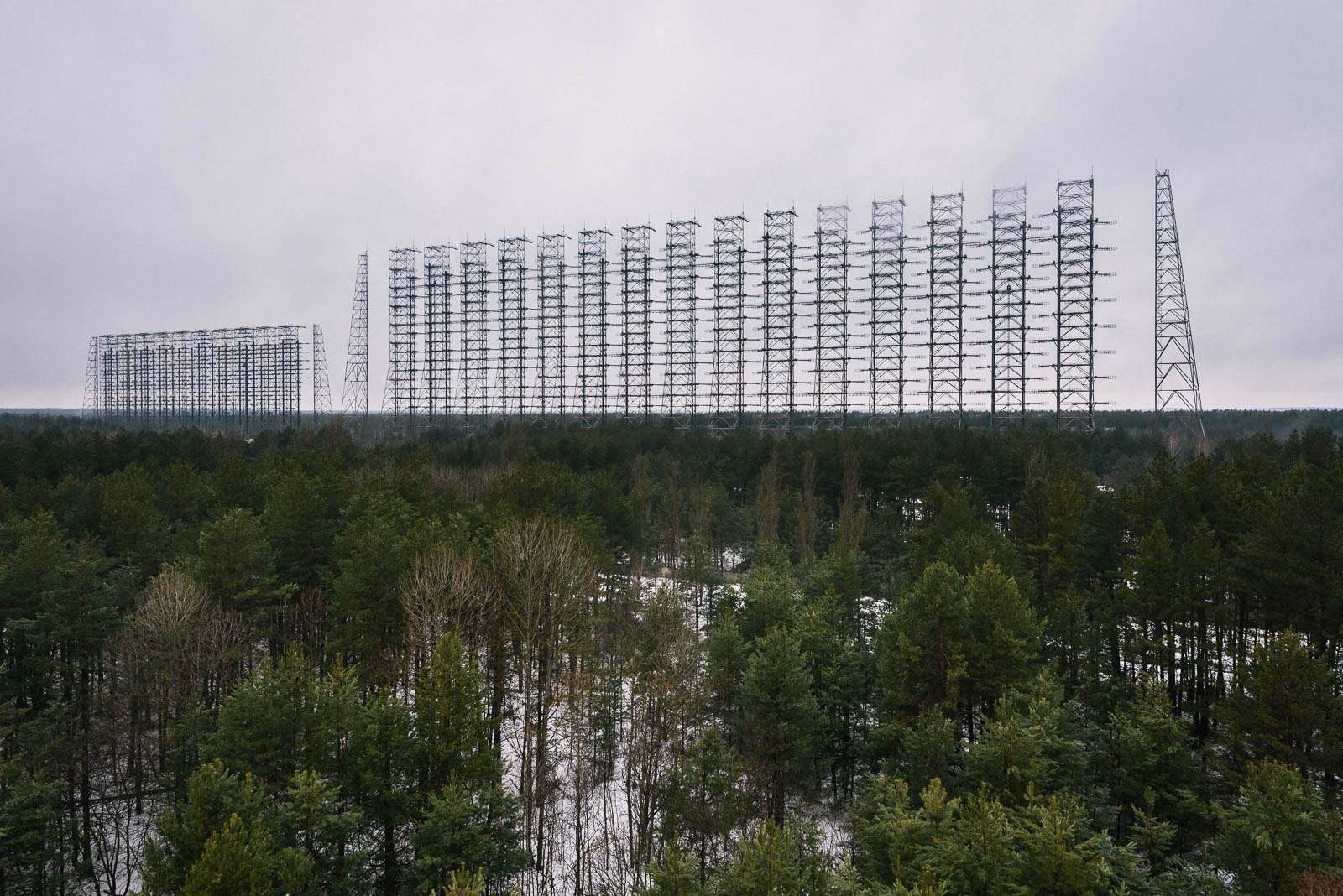
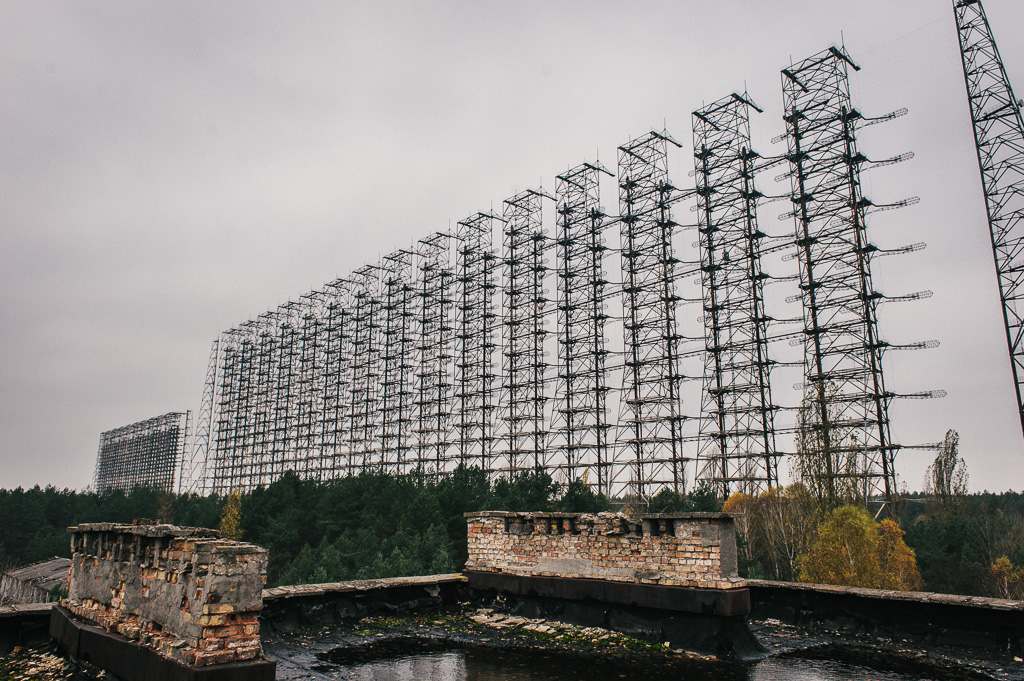
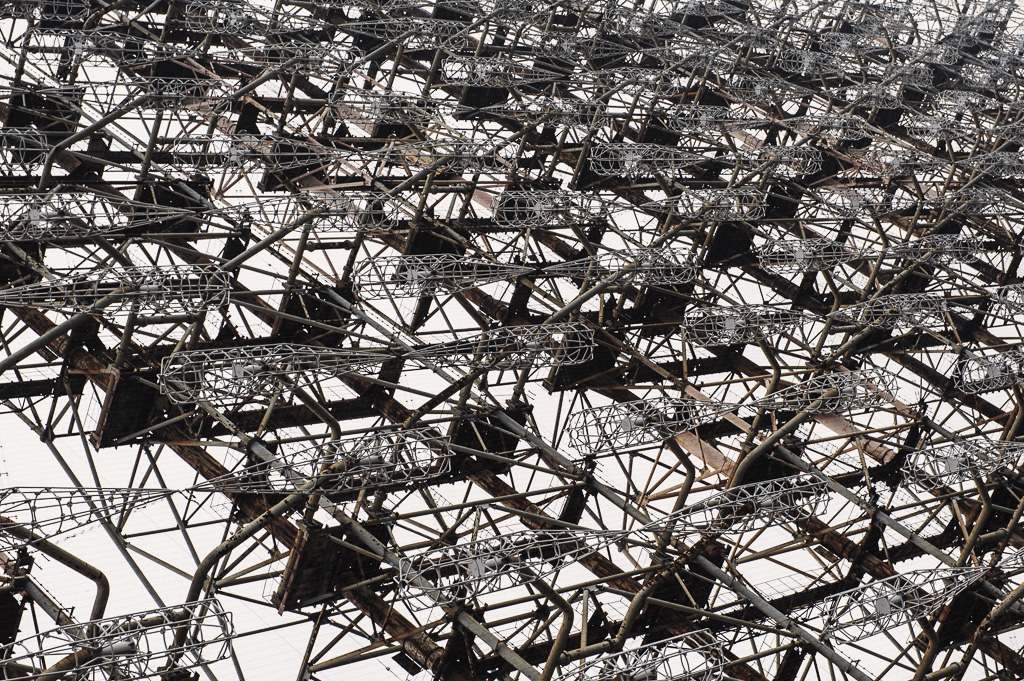
credit: Michael Kötter
Tags: Abandoned, Chernobyl, Chernobyls, cold war, Drone, Duga, Duga-3, forest, Irradiated, known, military, Radar, Radar-Station, russian, russian-woodpecker, Soviet, Station, ukraine, Woodpecker
Relevant Articles
Under the mountain there is an armoury, a channel, and a service, repair and equipment base for submarines. It had been built since 1957 until 1961 by military men, who were later accompanied by specialists in underground construction. It is also an anti-radiation shelter for 3000 people. The maximum width of the rocky ground is 126 meters. The channel has a length of 505 meters, a width of 6-8.5 meters and a depth of 6-8.5 meters. In 1991 the base was closed and the last submarine left in 1996. The base was opened as museum that show the armoury and the channel, but the access to mines, torpedoes and the service, repair and equipment base remain closed for regular viewers.

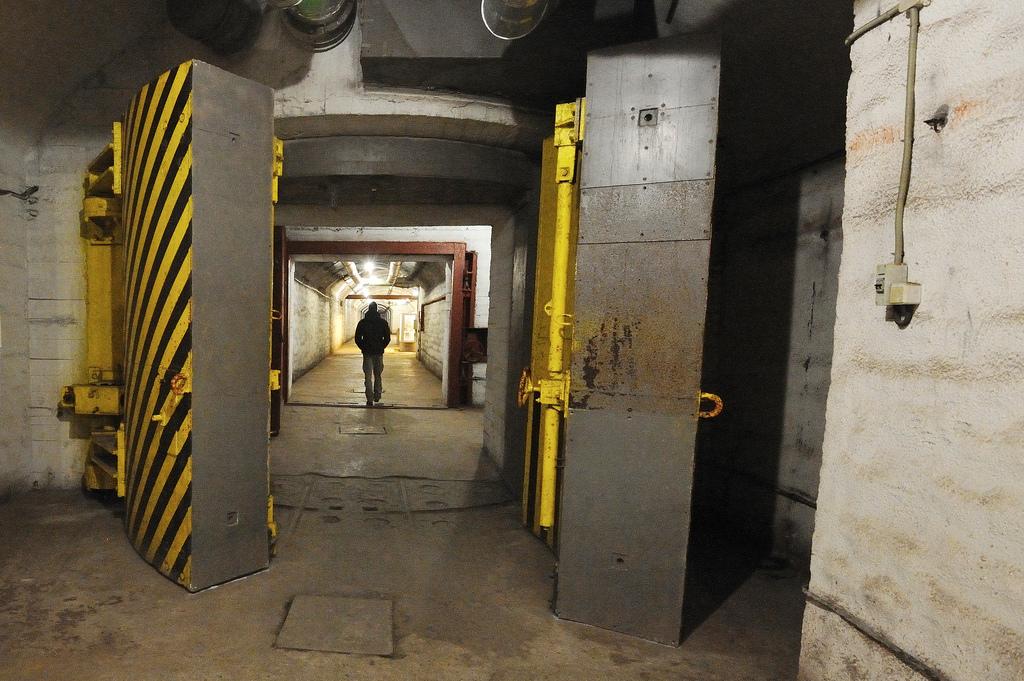
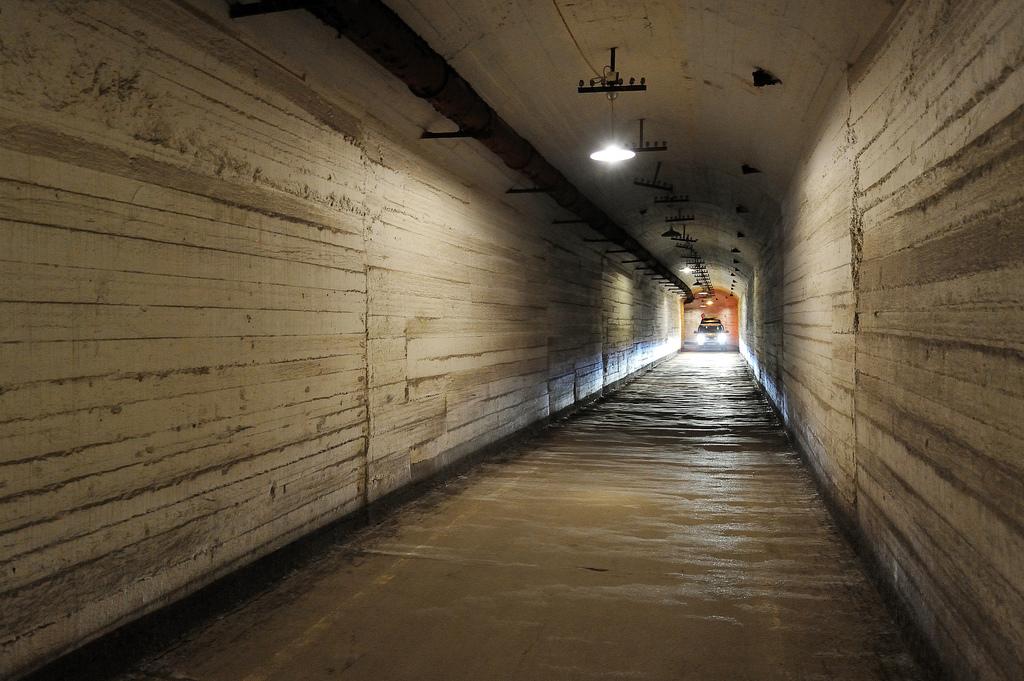
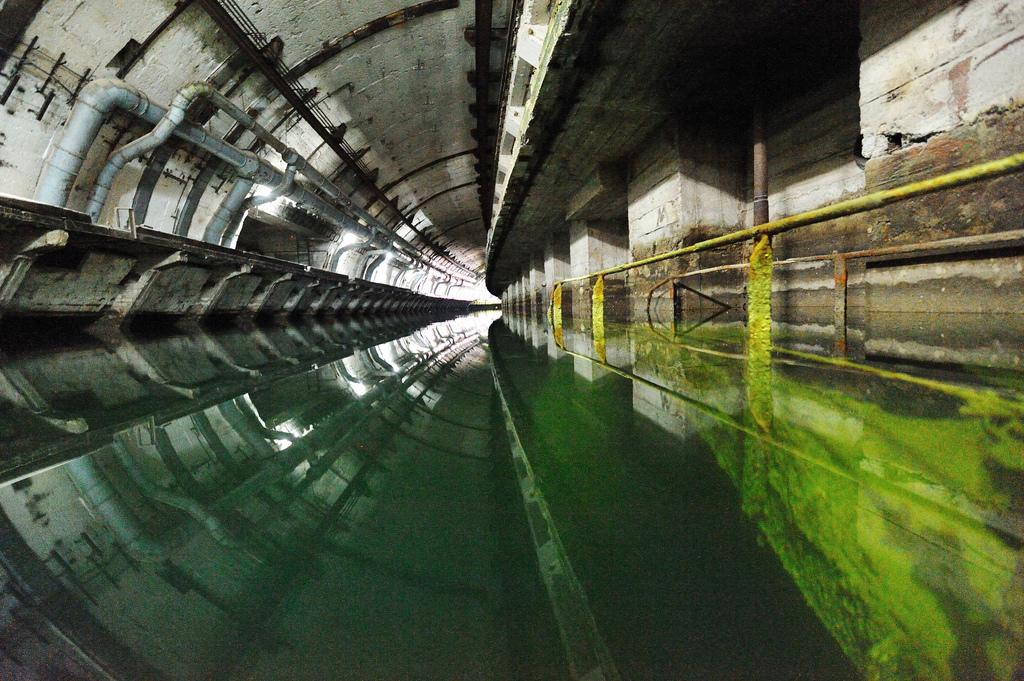
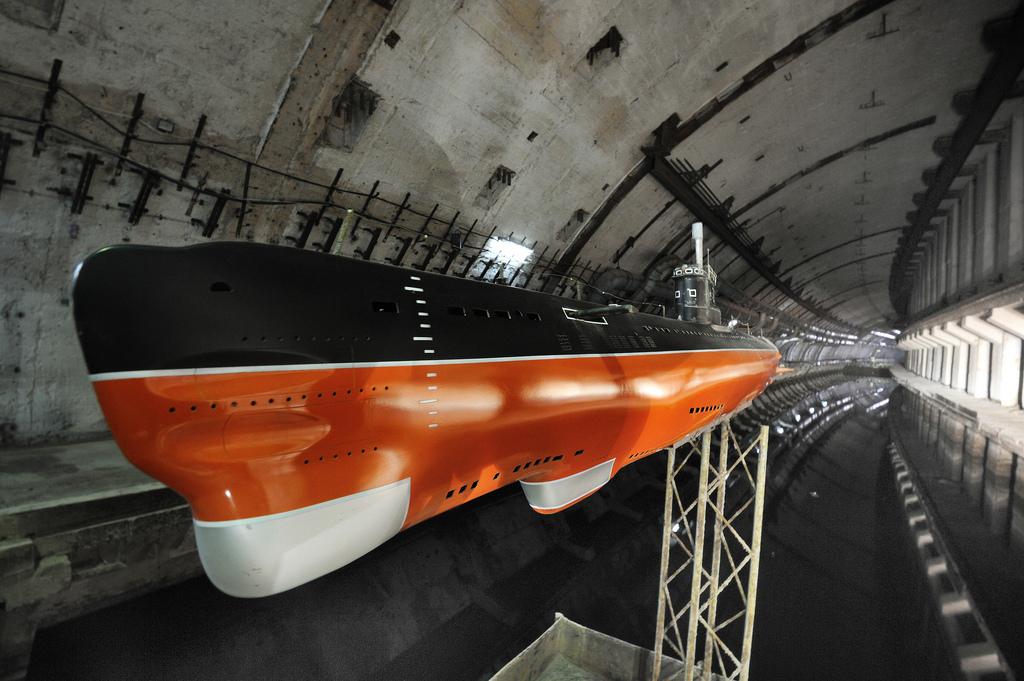
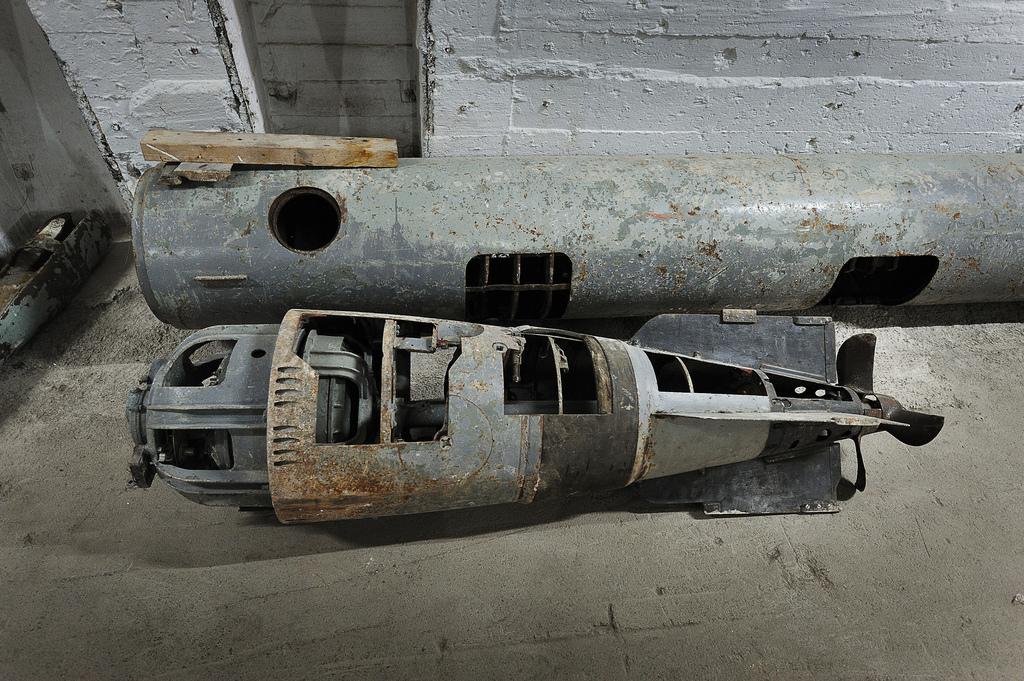
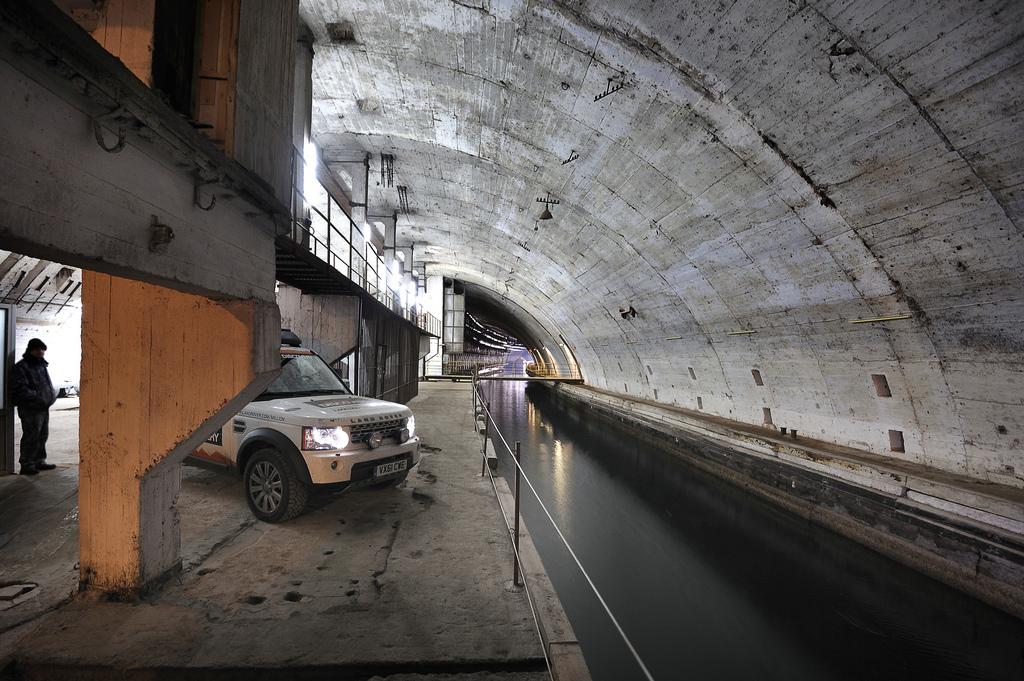
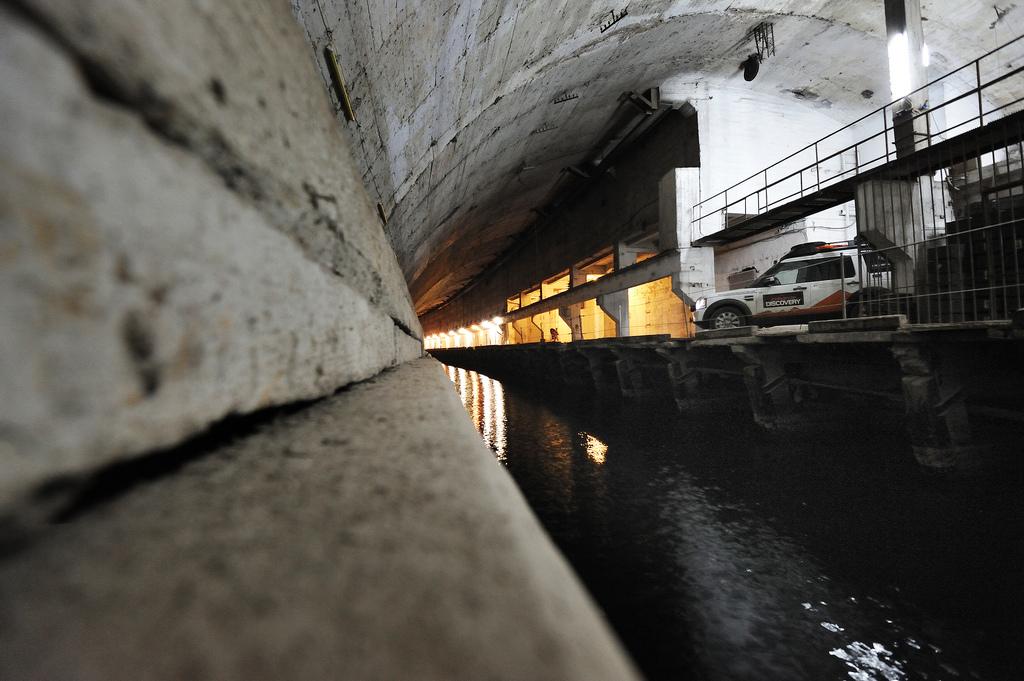
credit: Land Rover Our Planet
Tags: Balaklava, Base, cold war, Discovery, journey, land rover, offroading, Russia, Soviet, Soviet base, Submarine, submarine base, Underground
Relevant Articles
Wind tunnel test wooden copy of Buran (BTS-02) space shuttle scale 1:3 is at the far corner of Zhukovsky airfield. It no longer exists. destroyed. The Buran was a test vehicle in the Buran program. It was constructed in 1984, and was used for 25 test flights between 1985 and 1988 before being retired.
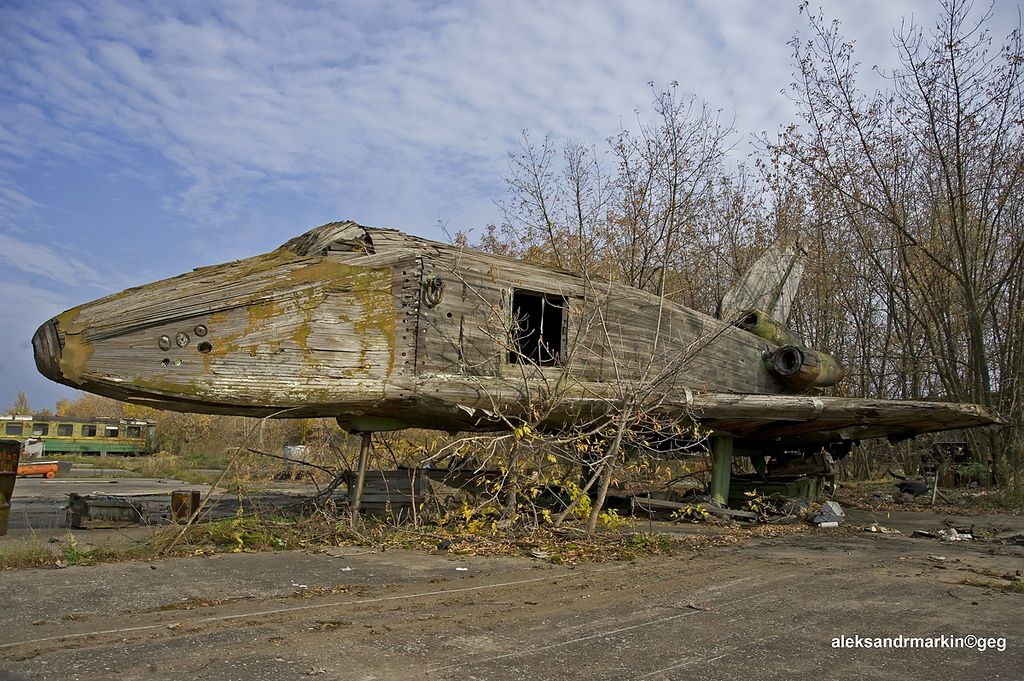

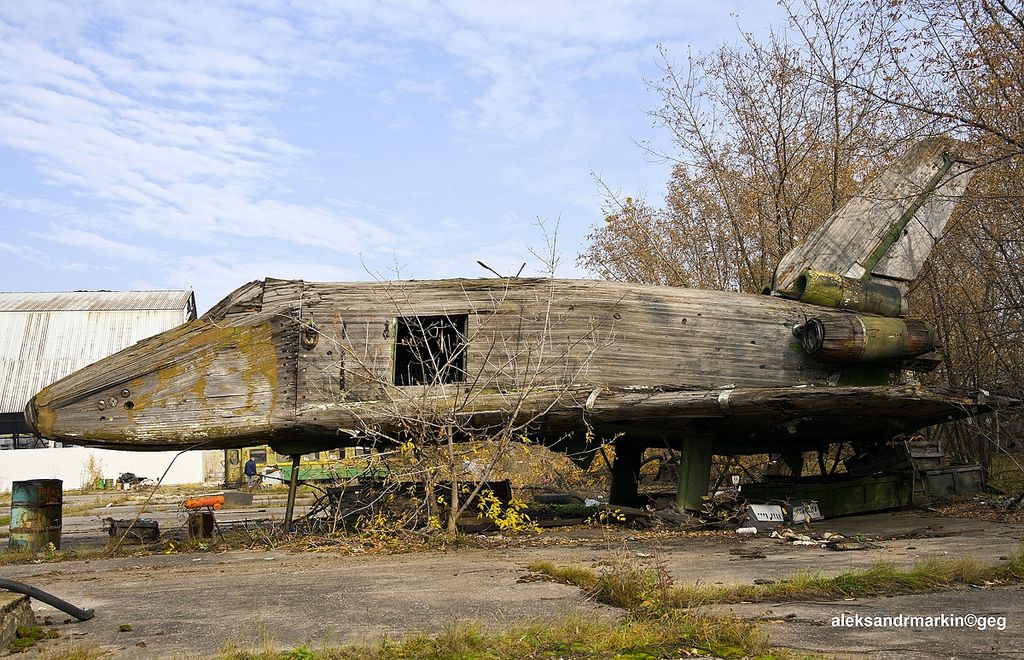
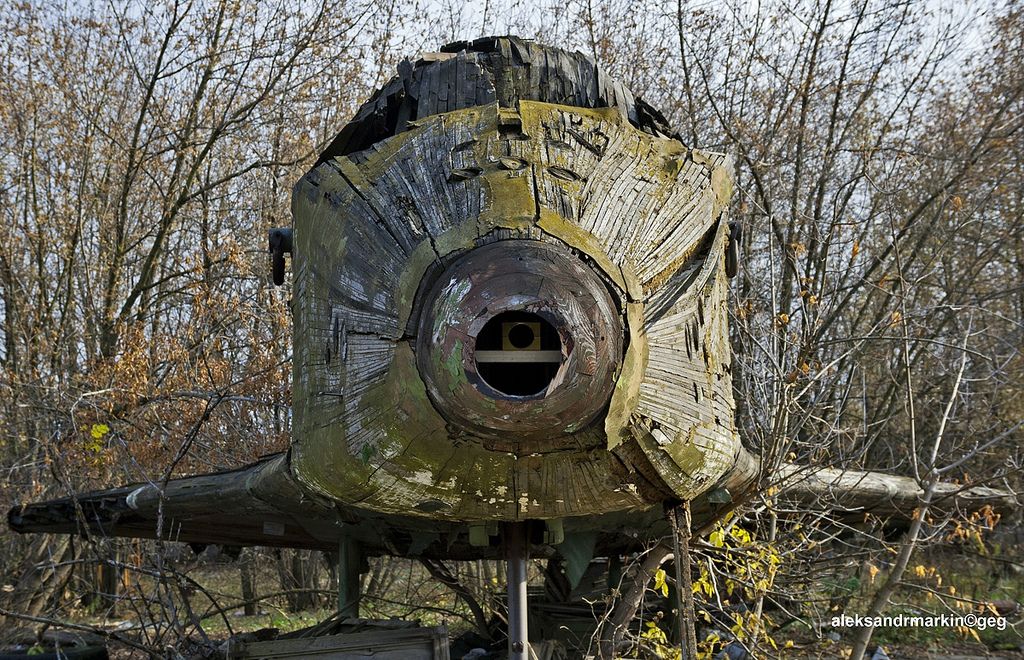
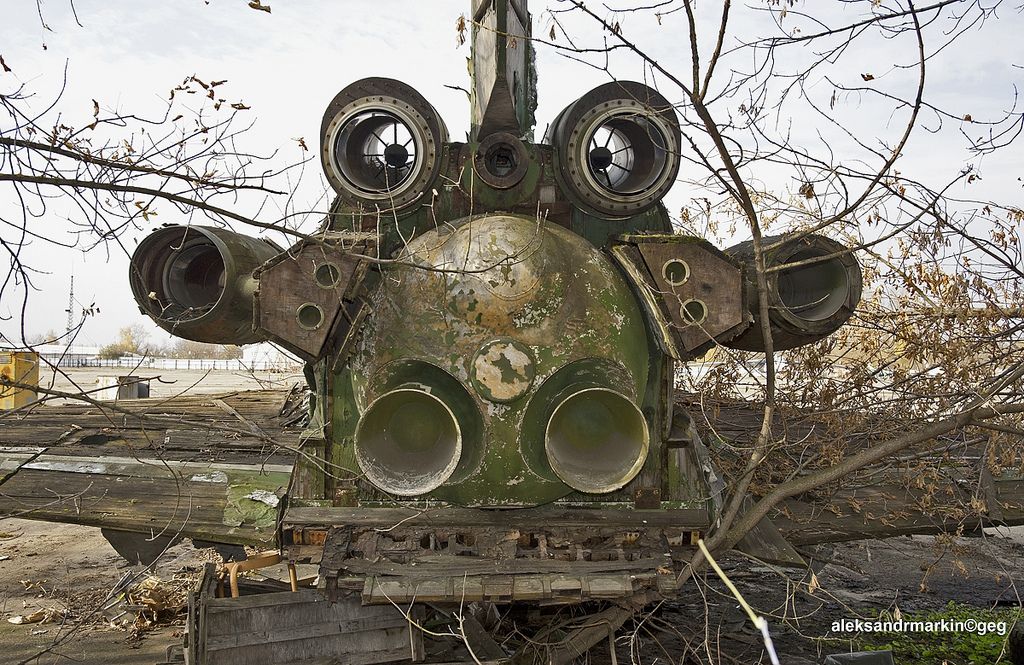
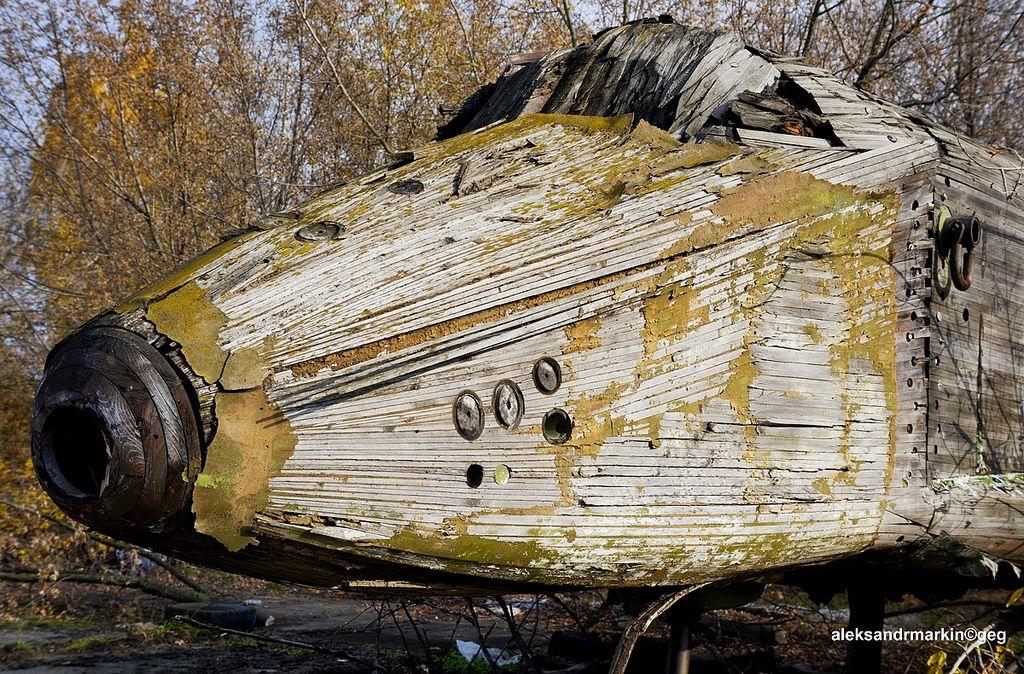




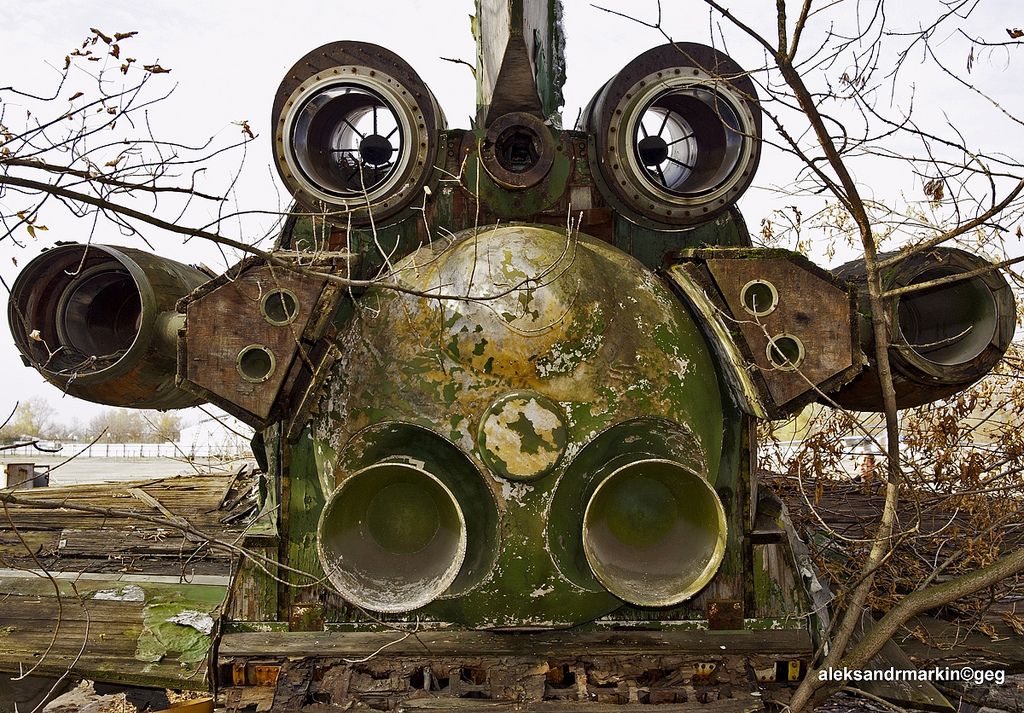
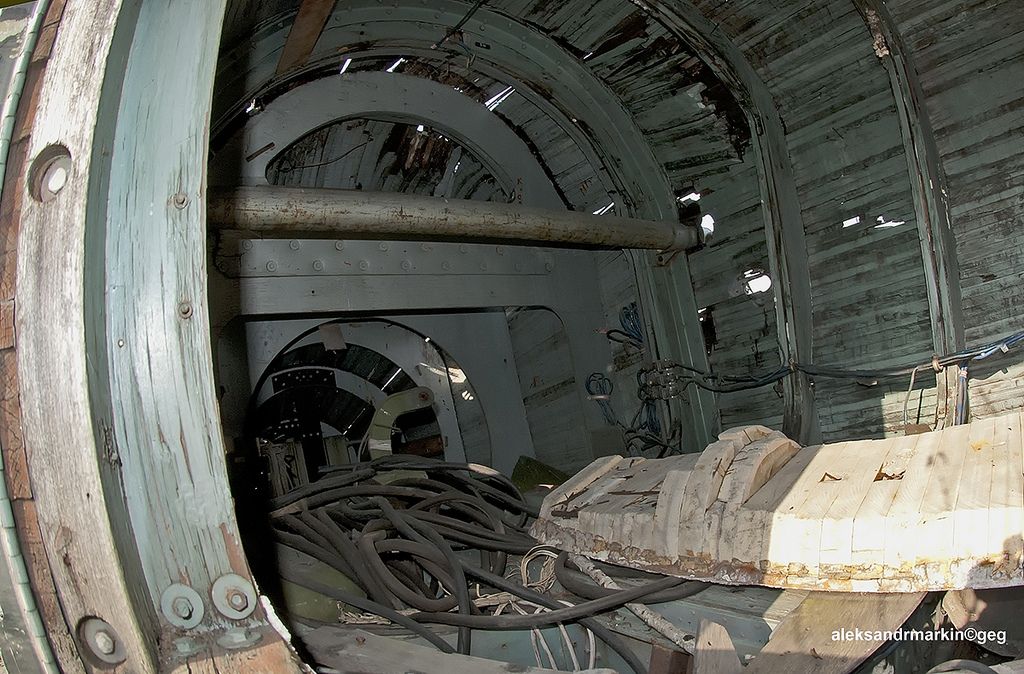
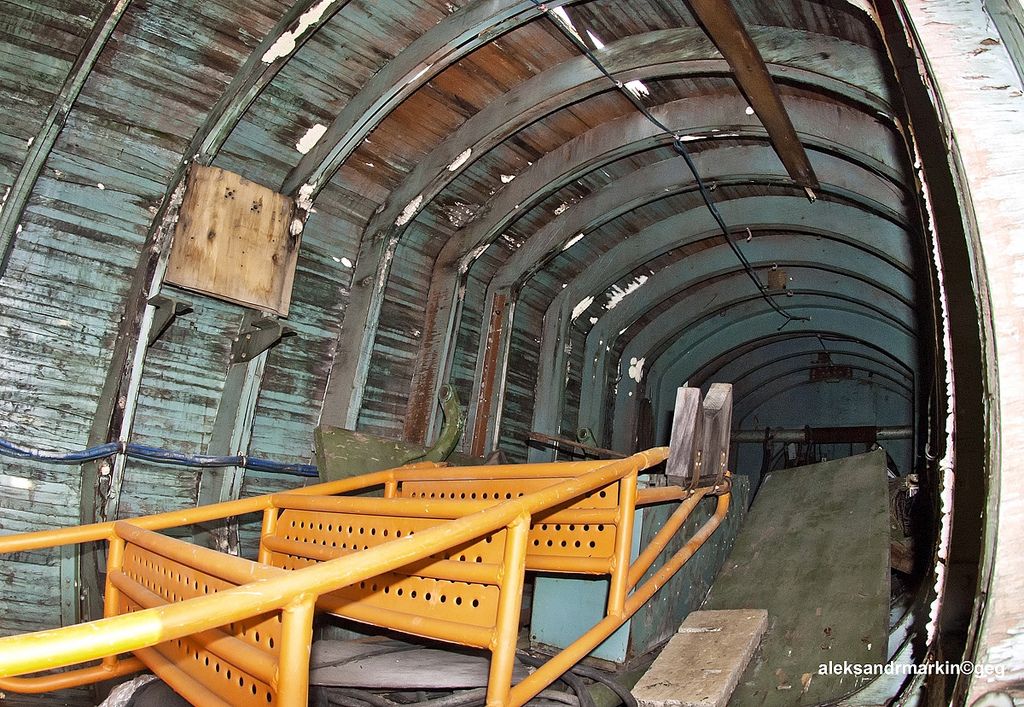
credit: Aleksander Markin
Tags: Aircraft, BTS-02, buran, Buran aerodynamic analogue, Russia, shuttle, Soviet, Soviet Union, Space, Space Shuttle, Union, Wooden, Zhukovsky
Relevant Articles






 Looks like X-files Lab
Looks like X-files Lab Peterhof – The Russian Ver...
Peterhof – The Russian Ver...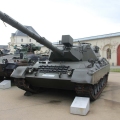 Bundeswehr Military History Muse...
Bundeswehr Military History Muse... Tellus Science Museum in Carters...
Tellus Science Museum in Carters... The International Space Station ...
The International Space Station ... Inside North Korea
Inside North Korea The Prison Hotel
The Prison Hotel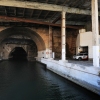








 Atlantis Submarine – Thing...
Atlantis Submarine – Thing... Mount Everest – Highest Mo...
Mount Everest – Highest Mo... Megastructure – Troll A Ga...
Megastructure – Troll A Ga... Mountain Biking Sport Activity f...
Mountain Biking Sport Activity f... Wooden Space Shuttle by Soviet U...
Wooden Space Shuttle by Soviet U...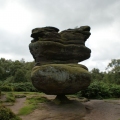 Idol Rock – Curious 200 to...
Idol Rock – Curious 200 to... The Great Pyramids of Giza, Egyp...
The Great Pyramids of Giza, Egyp... How do I Fix my Xbox 360?
How do I Fix my Xbox 360?













 Good Bye, NASA Space Shuttles
Good Bye, NASA Space Shuttles Wildfire – Fastest Wooden ...
Wildfire – Fastest Wooden ... Kennedy Space Center – Pop...
Kennedy Space Center – Pop... Pictures of Futuristic Space Nee...
Pictures of Futuristic Space Nee... Top Three Tallest Steel Roller C...
Top Three Tallest Steel Roller C... Stunning Pictures of Outer Space
Stunning Pictures of Outer Space OLED TV Tunnel by LG
OLED TV Tunnel by LG


